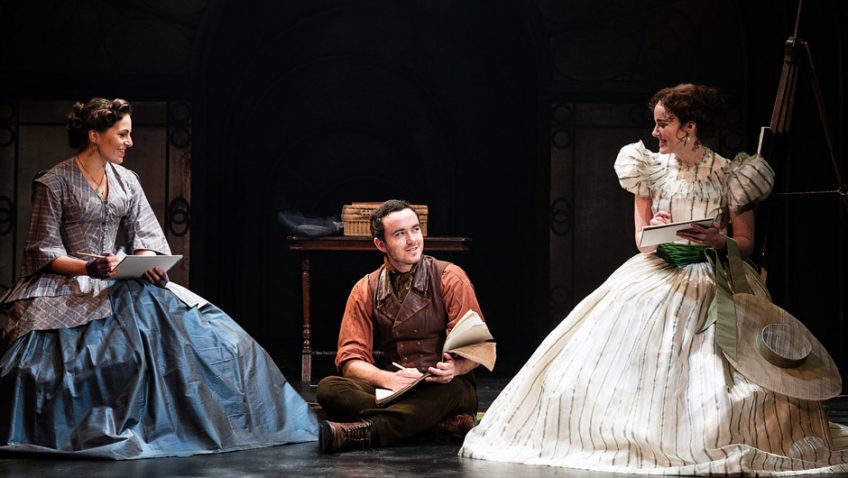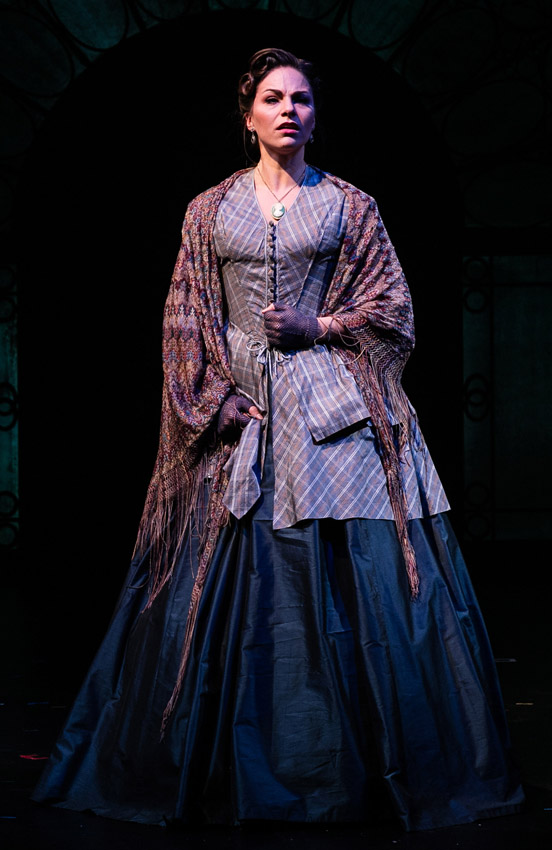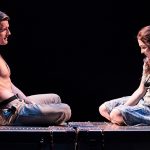Robert Tanitch reviews The Woman in White at Charing Cross Theatre, London WC2
Wilkie Collins’s novel was published in 1860 and has never been out of print since. Such was its popularity that a pirated stage version appeared immediately. Collins was so appalled by how bad it was that he produced his own adaptation.
The subject matter is perfect for Andrew Lloyd Webber, a composer who loves Victoriana and has a fine collection of pre-Raphaelite paintings. The lyrics are by David Zippel.
The score is lush romantic and the singing is impressive.
Victorian audiences loved melodrama. “Sensation is what the public wants,” said Dion Boucicault, master playwright of the genre, “and you can’t give them too much of it.”
When Trevor Nunn directed The Woman in White in 2004, audiences came out of Palace Theatre (seating 1,400) singing the scenery. Designer William Dudley had given the old-fashioned spectacle a new spin with modern technology. There was a huge cyclorama at the back of the stage and a tinier revolving screen in front of it. On to them were projected constantly changing computer generated images
The present production is on a more modest scale and the Charing Cross Theatre (seating 266), which was once the home of Victorian music hall; with its small pros arch stage and intimate auditorium, it is a perfect venue for melodrama.
A drawing master (Ashley Stillburn) falls in love with his pupil, a beautiful heiress (Anna O‘Byrne), who is already promised to a bounder (Chris Peluso) who is up to his eyes in debt.
There are two heroines. Actually, there are three heroines, if you count the woman in white (Sophie Reeves). The heiress has an intelligent, level-headed and plain half-sister (Carolyn Maitland) who also falls in love with the drawing master. Maitland singing an emotionally powerful “I close my eyes and still see his face” .is one of the high spots.
Count Fosco, a flamboyant poseur, is one of the great villains in 19th century literature.
Greg Castiglioni has a comic, show-stopping, cod-Italian operatic number, “You Can Get Away With Anything,” which he sings with aplomb.
 Thom Southerland’s admirable and efficient production has an attractive set, designed by Morgan Large, who knows exactly how to handle the constant scene changes at speed and keep the show moving; and this he does with great economy with two sliding and turning panels.
Thom Southerland’s admirable and efficient production has an attractive set, designed by Morgan Large, who knows exactly how to handle the constant scene changes at speed and keep the show moving; and this he does with great economy with two sliding and turning panels.
To learn more about Robert Tanitch and his reviews, click here to go to his website






